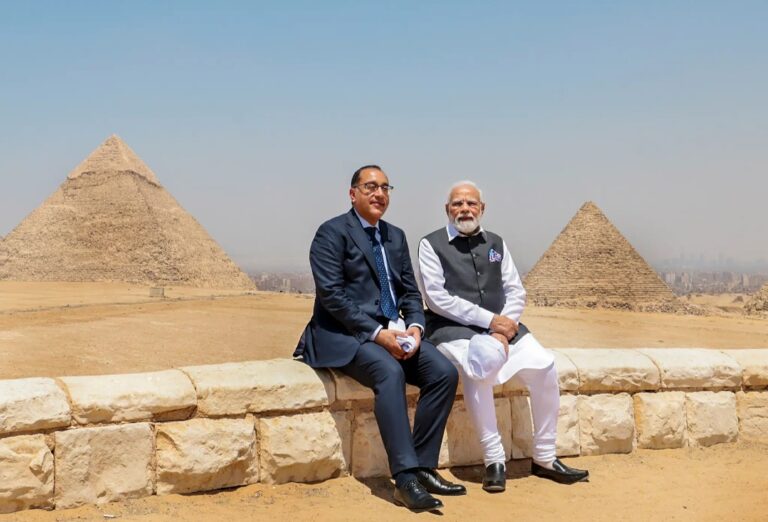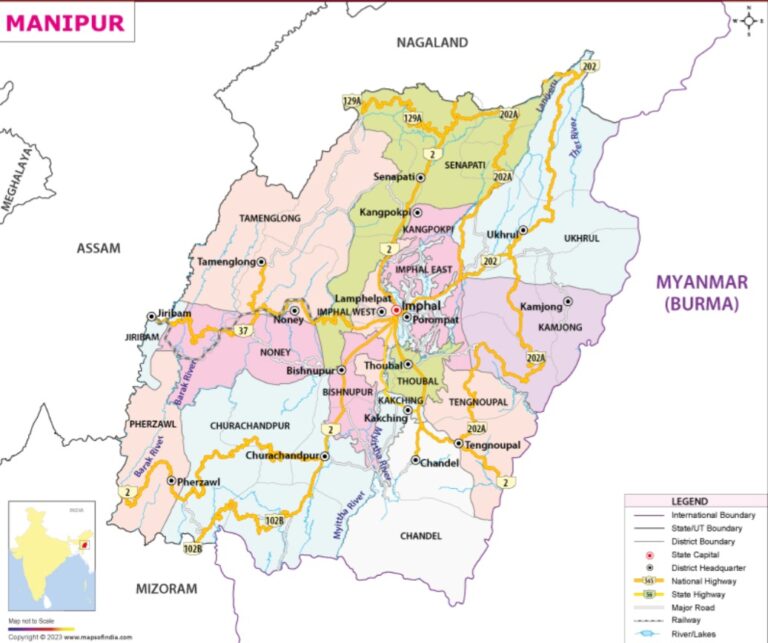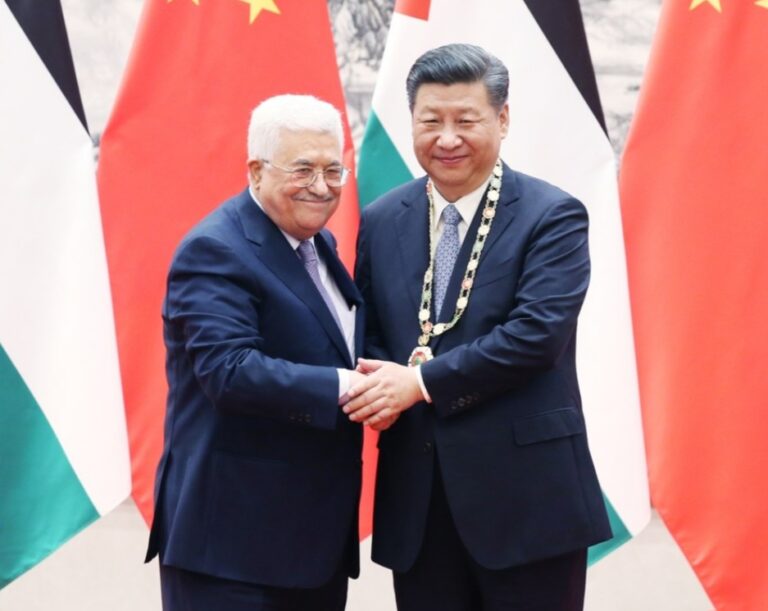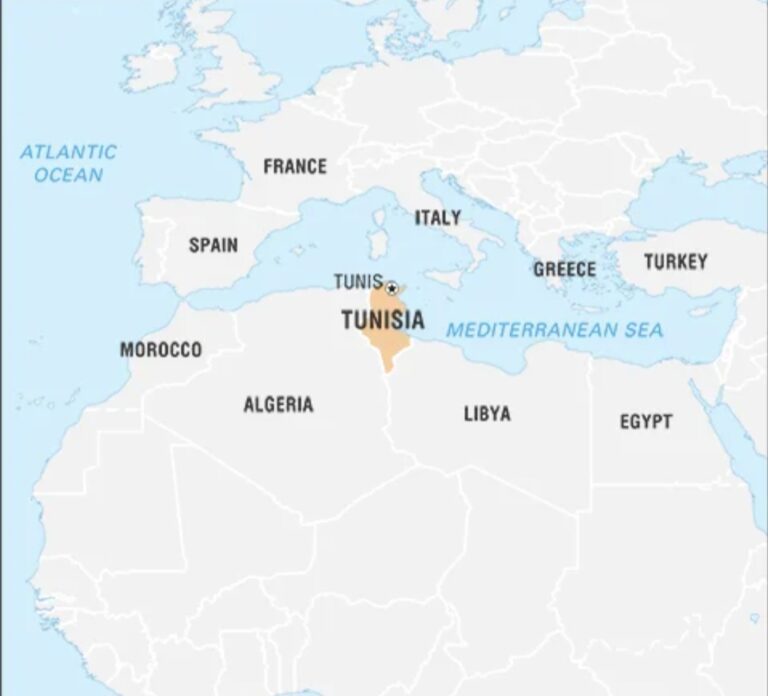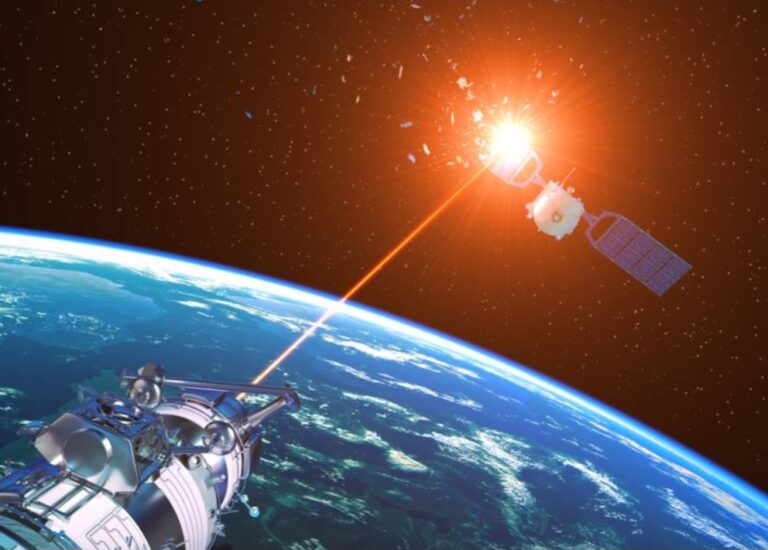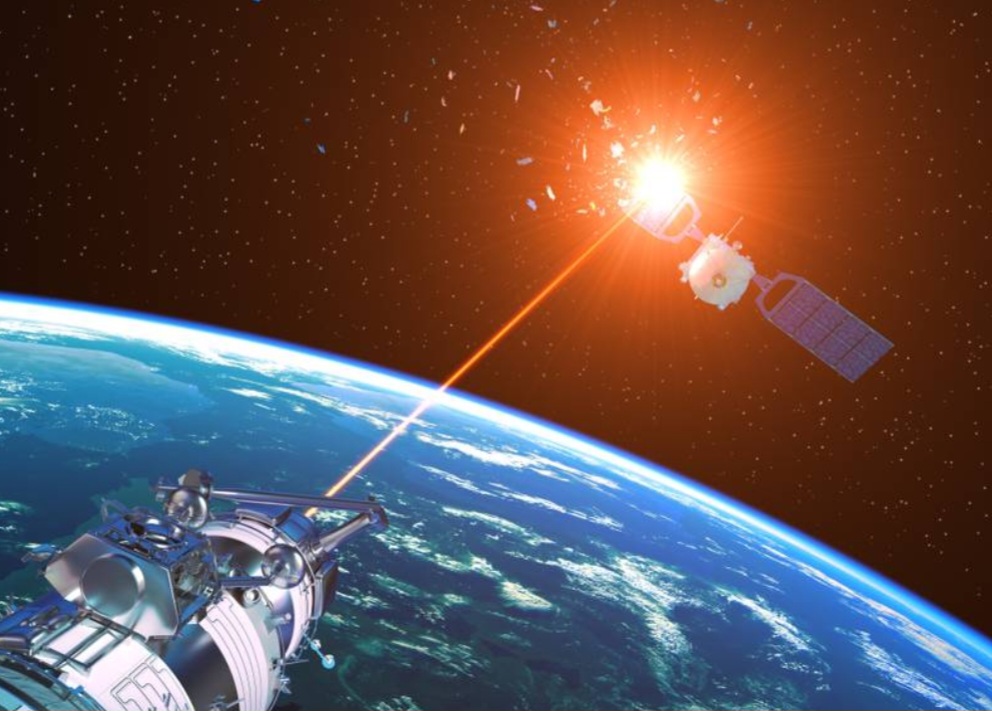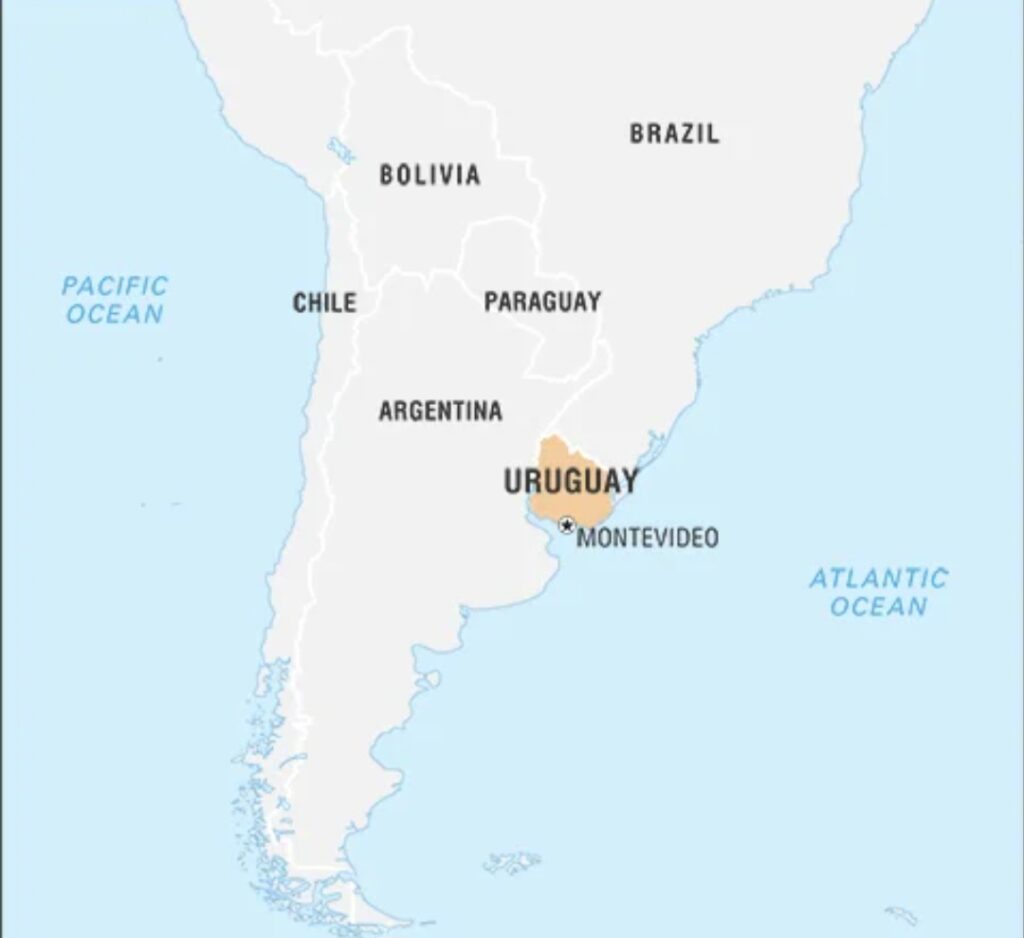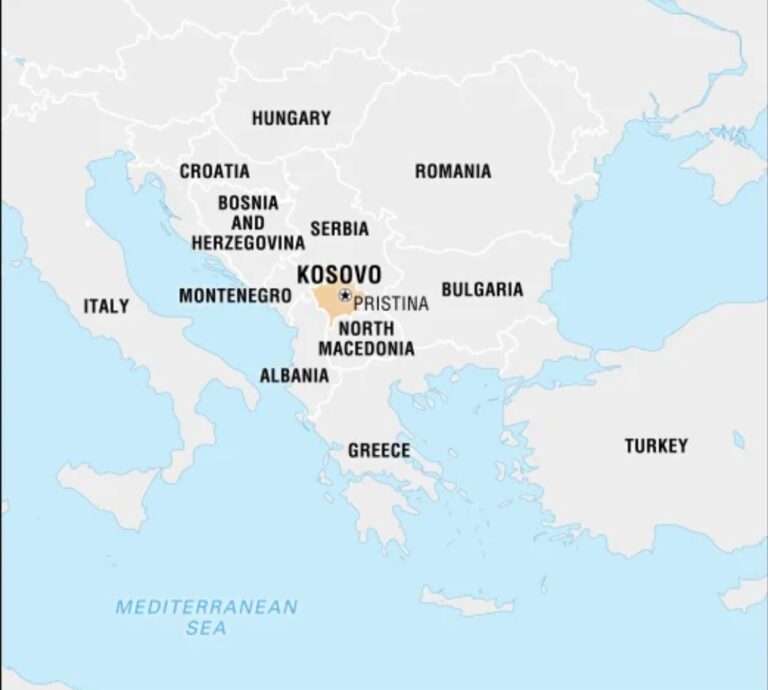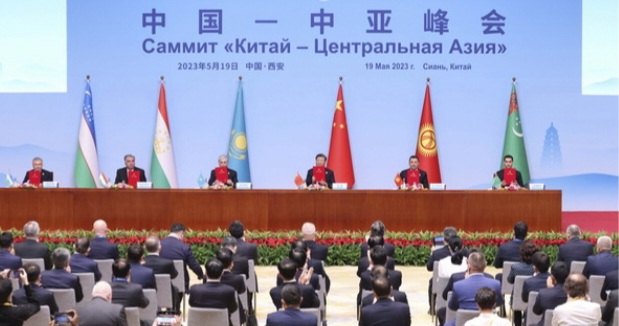By: Varshitha Eddula, Research Analyst, GSDN
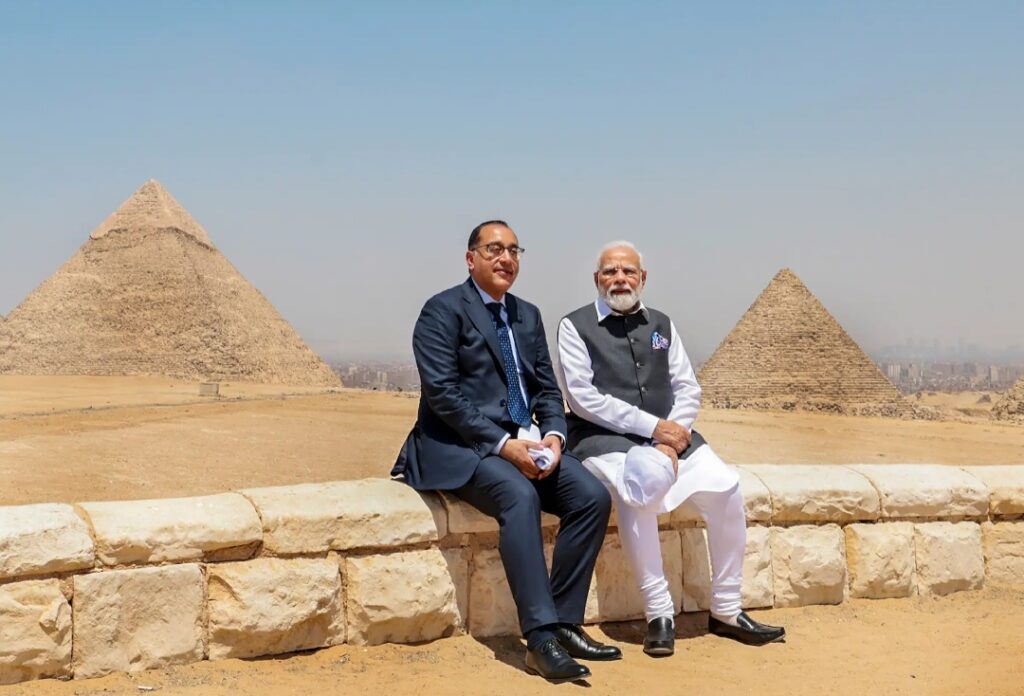
Prime Minister Narendra Modi arrived in Egypt’s capital Cairo on June 24- 25, 2023 for his maiden visit on the second leg of his two-nation tour. PM Modi arrived in Cairo for after wrapping up a successful visit to the US. The visit was at the invitation of Abdel Fattah El-Sisi, President of Egypt, which he extended to PM Modi in January 2023 when he attended the Republic Day celebrations in New Delhi as the Chief Guest. This was for the first time that President of the Arab Republic of Egypt had been invited as Chief Guest on the Republic Day of India.
This is PM Modi’s first visit to Egypt as Prime Minister and the first bilateral visit by an Indian Prime Minister after 26 years. Upon arriving in Cairo, PM Modi was greeted with a ceremonial welcome and guard of honour and in a special honour, he was received by his Egyptian counterpart Mostafa Madbouly at the airport.
Prime Minister Narendra Modi held a roundtable meeting with his Egyptian counterpart Mostafa Madbouly in Cairo on Saturday. Later in the day Prime Minister met the Grand Mufti of Egypt Dr Shawki Ibrahim Abdel-Karim Allam. He also met Hassan Allam, CEO of Hassan Allam Holding Company in Cairo on Saturday, and called the meeting “fruitful”. In addition to topics relating to the economy and investments, I really enjoyed hearing his passion towards preserving cultural heritage in Egypt,” Modi said on Twitter about Hassan Allam.
Prime Minister Modi also met yoga practitioners Nada Adel and Reem Jabak in Cairo on Saturday. “Nada Adel and Reem Jabak are making commendable efforts to make Yoga popular across Egypt. Had a wonderful conversation with them in Cairo,” Modi wrote on Twitter about his meeting with Nada Adel and Reem Jabak. Prime Minister Narendra Modi met Egyptian author Tarek Heggy in Cairo on Saturday. “He shared his insightful views on global issues. I admire his rich knowledge on issues relating to different cultures,” Modi wrote about the meeting.
Prime Minister Narendra Modi’s first official engagement in the country on Saturday was a meeting with the India Unit, a group of high-level ministers constituted by El-Sisi in March to enhance India-Egypt relations. Seven members of the Egyptian Cabinet, led by Prime Minister Mostafa Madbouly, were also present during the discussions on deepening trade relations and strengthening the strategic partnership between the two countries. “The setting up of the India Unit in the Egyptian cabinet indicates the priority given to India-Egypt ties,” Modi said.
The second day of the maiden visit to Egypt started when Prime Minister Modi visited the historic 11th-century Al-Hakim Mosque in Cairo on Sunday, which was restored with the help of India’s Dawoodi Bohra community. Over a thousand years old, Al-Hakim is the fourth oldest mosque in Cairo, and the second Fatimid Mosque to be built in the city. The mosque covers an area of 13,560 square metres, with the iconic central courtyard occupying 5,000 square metres.
The Dawoodi Bohra Muslims are a sect of followers of Islam who adhere to the Fatimi Ismaili Tayyibi school of thought. They are known to have originated from Egypt and later shifted to Yemen, before establishing a presence in India in the 11th century.
Prime Minister Narendra Modi also visited the Heliopolis Commonwealth War Cemetery in Cairo and offered tributes to the Indian soldiers who bravely fought and laid down their lives in Egypt and Palestine during the First World War. Modi offered floral tributes and signed the visitor’s book at the Cemetery that comprises the Heliopolis (Port Tewfik) Memorial and the Heliopolis (Aden) Memorial. The Heliopolis (Port Tewfik) Memorial commemorates nearly 4,000 Indian soldiers who died fighting in Egypt and Palestine in the First World War.
Egyptian President Abdel Fattah El-Sisi conferred the highest state honor ‘Order of Nile’ on Prime Minister Narendra Modi at the presidential palace in Cairo. Instituted in 1915, the ‘Order of the Nile’ is conferred upon heads of states, crown princes, and vice presidents who offer Egypt or humanity invaluable services. This is the 13th highest state honour conferred upon Prime Minister Modi by any nation.
The ‘Order of the Nile’ is a pure gold collar consisting of three-square gold units comprising Pharaonic symbols. The first unit resembles the idea of protecting the state against evils, the second one resembles prosperity and happiness brought by the Nile and the third one refers to wealth and endurance. The three units are connected to one another by a circular gold flower decorated with turquoise and ruby. Hanging from the collar is a hexagonal pendant decorated with flowers of the Pharaonic style, and turquoise and ruby gems. In the middle of the pendant, there is a protruding symbol representing the Nile that brings together the North (represented by the Papyrus) and the South (represented by the Lotus).
Prime Minister Narendra Modi toured the great pyramids of Giza on the outskirts of the Egyptian capital, which were included in the Seven Wonders of the World.
Escorted by Egyptian Prime Minister Mostafa Madbouly, Modi visited the three pyramids of the 4th-dynasty erected on a rocky plateau on the west bank of the Nile River near Al-Jizah (Giza) in northern Egypt. The Great Pyramid of Giza, which is the largest Egyptian pyramid and served as the tomb of pharaoh Khufu, who ruled under the Fourth Dynasty of the Old Kingdom. Built in the early 26th century B.C., over a period of about 27 years, the pyramid is the oldest of the Seven Wonders of the Ancient World, and the only wonder that has remained largely intact.
Prime Minister Narendra Modi and Egyptian President Abdel Fattah El-Sisi signed an agreement to elevate the bilateral relationship to a “Strategic Partnership”. Both the leaders discussed ways to further deepen the partnership between the two nations, including in trade, investment, defence, security, renewable energy, cultural and people-to-people ties. In addition, three Memorandum of Understanding (MoU) in the fields of agriculture, archaeology and antiquities and competition law were also signed between India and Egypt.
India Egypt bilateral relationship
India and Egypt also share a close political understanding based on a long history of contact and cooperation in bilateral, regional and global issues. The joint announcement of the establishment of diplomatic relations at the Ambassadorial level was made on August 18, 1947.
Since the 1980s, there have been four Prime Ministerial visits from India to Egypt. Rajiv Gandhi visited the country in 1985, PV Narasimha Rao in 1995, IK Gujral in 1997, and Manmohan Singh in 2009. From the Egyptian side, President Hosni Mubarak visited India in 1982, 1983 (NAM Summit), and again in 2008. High-level exchanges with Egypt continued after the Arab Spring uprising in 2011 and then President Mohamed Morsi visited India in March 2013. External Affairs Minister (EAM) visited Cairo in March 2012 and the Egyptian Foreign Minister visited India in December 2013. Egypt has also been invited as a ‘Guest Country’ during India’s Presidency of G-20 in 2022-23.
The bilateral trade between India and Egypt achieved a record high of USD 7.26 billion in FY 2021-22. The trade was fairly balanced, with USD 3.74 billion Indian exports to Egypt and USD 3.52 billion imports from Egypt to India. During this period (FY21-22), India was the 6th largest export destination and 6th most significant source of imports as well. During April 2022-January 2023 period of FY 2022-23, the bilateral trade has reached nearly USD 4.4 billion, with USD 2.9 billion worth exports from India and USD 1.5 billion worth imports from Egypt to India. More than 50 Indian companies have invested around USD 3.15 billion in diverse sectors of Egyptian economy, including chemicals, energy, textile, garment, agri-business, retail, etc.
In the area of defence cooperation, India and Egypt have good relations. Desert Warrior exercise was conducted as the first-ever joint tactical exercise by the air force of the two countries. The more recent exercise between the special forces is another indication of the growing willingness to work together. The Egyptians have also shown some interest in India’s Tejas fighter jets and Dhruv light attack helicopters. A military contingent from the Egyptian Army participated in this year’s Republic Day parade.
The cooperation during Covid-19 and Russia–Ukraine war stand the test of friendship. When India was hit hard by the second wave of COVID-19, Egypt responded by dispatching three plane loads of medical supplies and providing 300,000 doses of Remdesivir in May 2021. India reciprocated a year later when Egypt, the world’s largest importer of wheat, was facing a dire situation following the abrupt halt in wheat shipments from Ukraine following the war. In May last year, India — which had put a ban on sale of wheat — allowed export of 61,000 tonnes to Egypt.
The development cooperation between the two nations includes grants-in-aid projects. These include Pan Africa Tele-medicine and Tele-education project in Alexandria University, Solar electrification project in Agaween village and Vocational Training Centre for textile technology in Shoubra, Cairo, which have been completed. Since 2000, over 1300 Egyptian officials have benefited from ITEC (Indian Technical and Economic Cooperation) and other programs like ICCR (Indian Council for Cultural Relations) and IAFS (India Africa Forum Summit). The Maulana Azad Centre for Indian Culture (MACIC) has been promoting cultural cooperation between the two countries.

